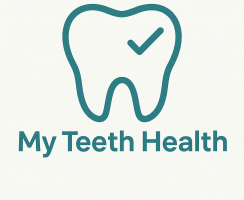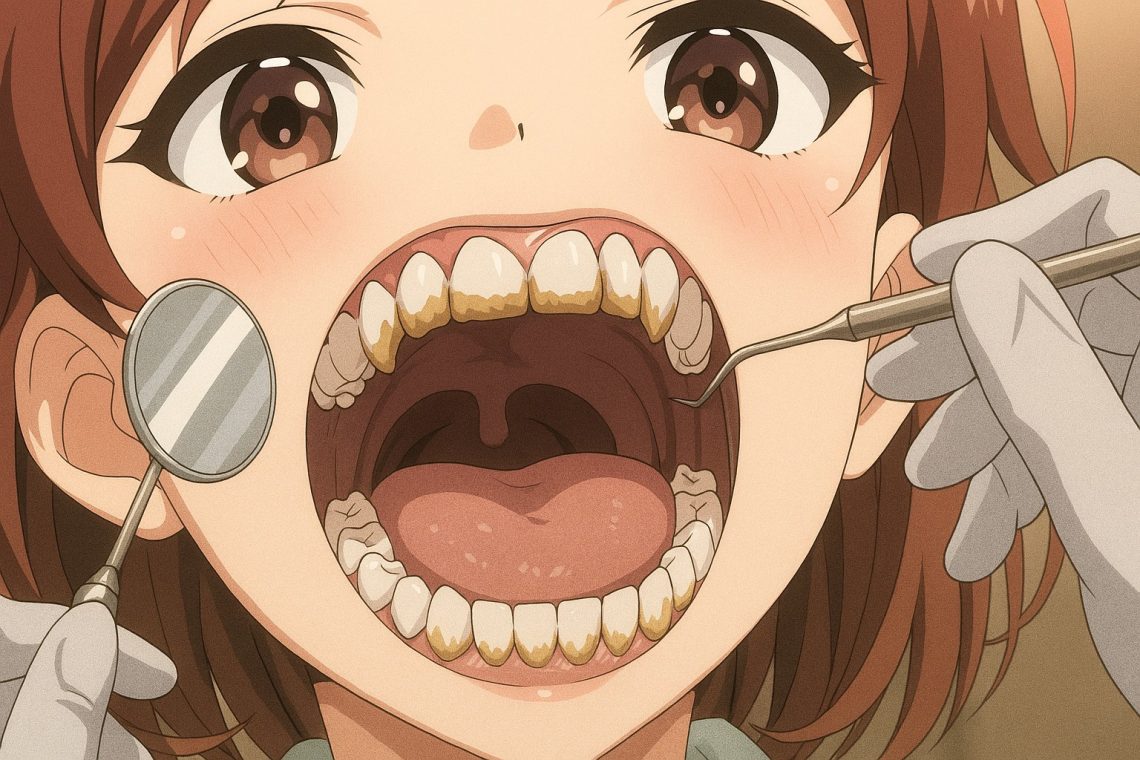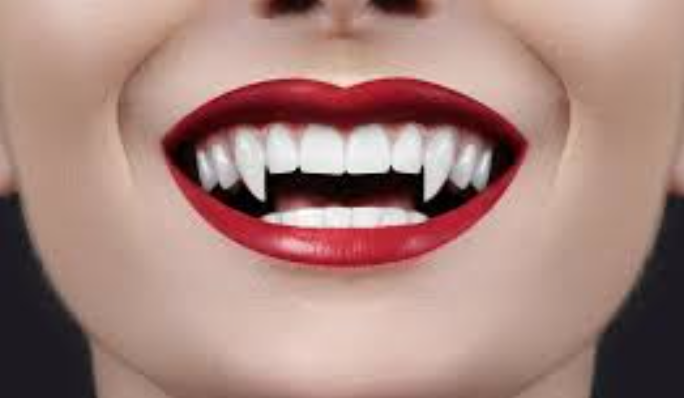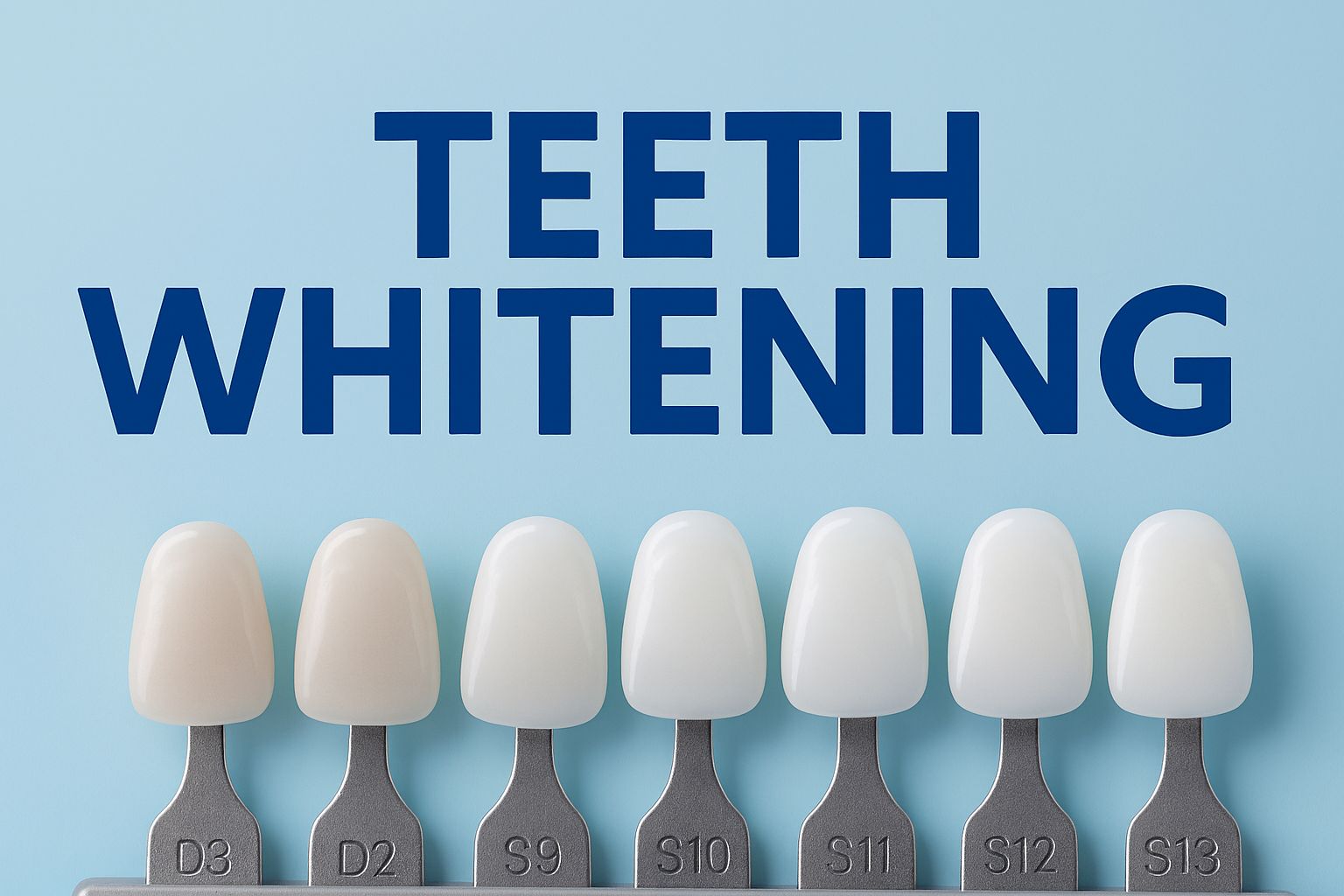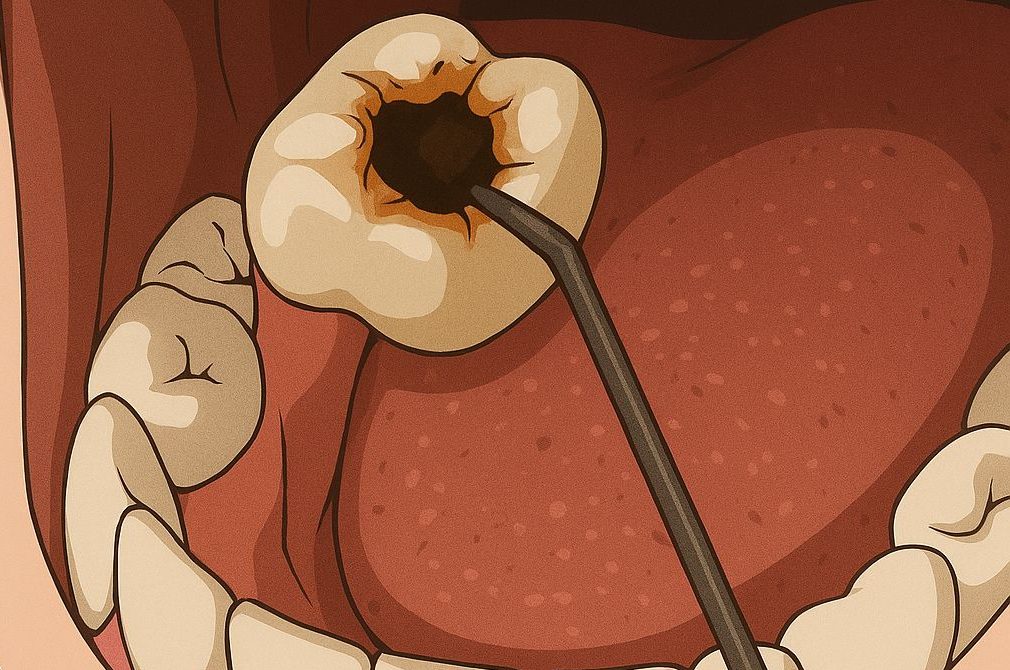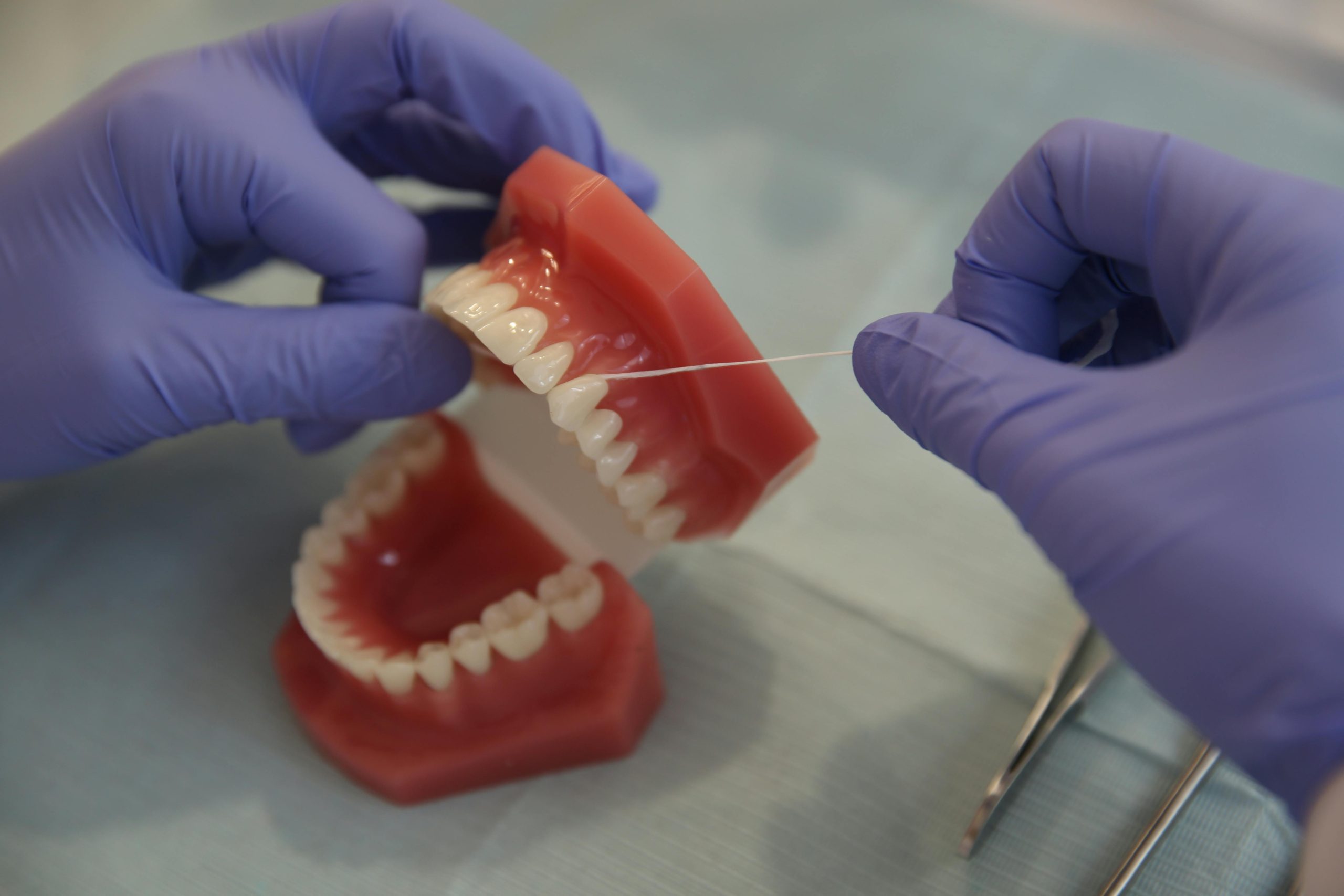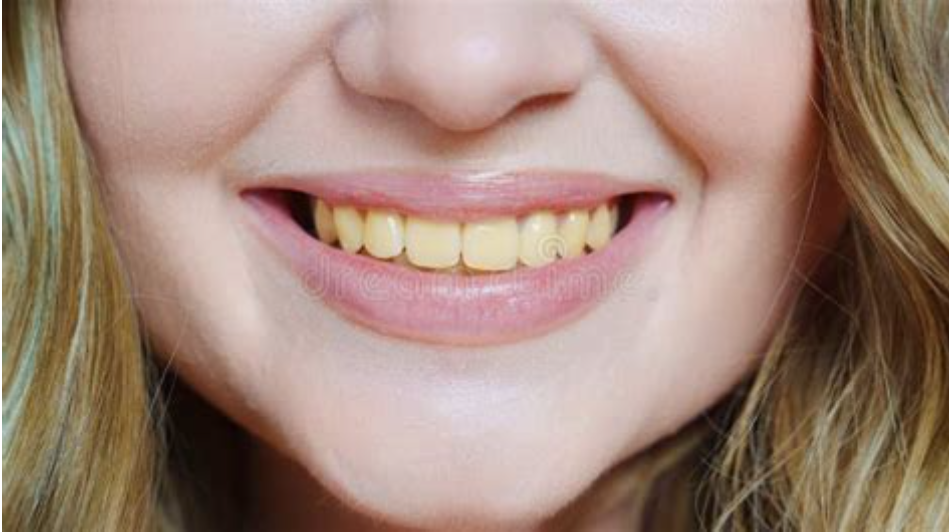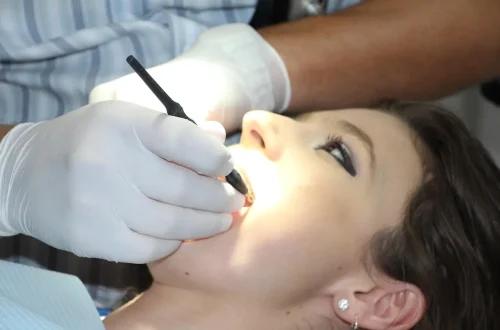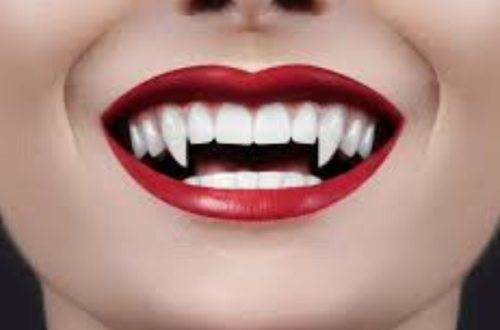You’re chatting with a friend after a meal when they notice you checking your smile in a mirror. Hard plaque on teeth — also known as tartar teeth or dental calculus — is the mineralised form of dental plaque that firmly adheres to the surfaces of your teeth and along the gumline. Regular dental plaque is a soft, removable film of bacteria, saliva, and food debris, but tartar is hard and rough. That rough surface invites more plaque and can lead to chronic bad breath and gum irritation.
Getting rid of tartar early is important: if you don’t, the risks of gingivitis, periodontitis, and tooth discoloration go up. Keeping tartar under control is a normal part of preventive oral care and is commonly addressed at private dental clinics and hygiene appointments.
What Is Tartar and How Does It Form?
Tartar (also called dental calculus) forms when the soft film of dental plaque that naturally builds up on teeth is not removed within a short time. Minerals — mainly calcium and phosphate — present in saliva and gingival crevicular fluid precipitate into the plaque matrix, leading to calcification and the hard deposits you recognise as tartar. Once tartar forms, ordinary brushing and flossing usually cannot remove it; professional cleaning is typically required.
From Plaque to Tartar: The Process
The process normally follows a predictable course: immediately after cleaning, bacteria begin recolonising the tooth surface. Within 24–72 hours a soft plaque layer is established; if that plaque is not disrupted by brushing and flossing, minerals in saliva begin to deposit and crystals form. Over days to weeks this nucleation and crystal growth accelerates into a firmly attached calculus layer. Areas close to salivary ducts — such as the lingual (tongue-side) surfaces of lower front teeth and the buccal surfaces of upper molars — are especially prone to rapid tartar formation.
Why Hard Plaque on Teeth Is a Problem
Tartar acts like a rough scaffold: it traps additional plaque and pigments, irritating the gingiva (gums) and making cleaning harder. The consequences include:
- Increased bacterial load leading to gingivitis (red, swollen, bleeding gums).
- Progression to periodontitis if untreated — a destructive gum disease that can cause bone loss and tooth mobility.
- Persistent halitosis (bad breath) due to bacteria within the tartar.
- Tooth discolouration and aesthetic concerns — tartar often appears yellow, brown or even black when stained by food, tea, coffee or tobacco.
Left untreated, heavy calculus may form bridges between teeth or sit below the gumline, making treatment more complex.
How to Prevent and Reduce Tartar
Stopping plaque before it calcifies is the most reliable way to avoid tartar. A consistent routine combined with occasional professional care reduces the likelihood that you’ll need extensive dental tartar removal. The measures below are practical and widely recommended by dental professionals.
Consistent Oral Hygiene Routine
A reliable routine contains three elements:
- Mechanical cleaning: twice-daily brushing, once-daily flossing/interdental cleaning.
- Professional care: regular scaling and hygiene check-ups as advised by your dentist.
- Risk management: control sugar intake, avoid tobacco, and manage medical conditions such as diabetes that raise your risk of tartar and gum disease.
Consistency is the difference between a mouth that remains tartar-free and one that requires repeated dental interventions.
Choose the Right Dental Products
Consider products designed for tartar control:
- Anti-tartar toothpastes (look for sodium hexametaphosphate or pyrophosphates in product information).
- Electric toothbrushes with timers and pressure sensors to encourage effective brushing technique.
- Interdental brushes sized to your space (ask your dentist or hygienist to recommend a correct size).
Selecting products sold in Singapore will usually include local labelling and directions; if you have doubts, consult your dentist for recommendations tailored to your oral health and budget.
Diet and Lifestyle Tips
Diet and habits influence saliva composition and bacterial growth. Practical steps include:
- Reduce frequent sugar and refined carbohydrate snacks — these feed plaque bacteria.
- Chew sugar-free gum with xylitol after meals to stimulate saliva and help neutralise acids.
- Stay hydrated to maintain salivary flow; dry mouth increases risk of plaque and tartar formation.
- Avoid smoking — tobacco accelerates calculus build-up and causes heavy staining.
These lifestyle changes not only reduce tartar formation but also support overall oral and systemic health.
Natural Remedies for Tartar Removal
Many natural or DIY approaches are promoted for tartar removal. The honest position: while some methods can help reduce plaque and slow tartar formation, once calculus is mineralised it cannot be reliably removed at home. Professional dental tartar removal (scaling) is the standard of care. Below are commonly discussed natural measures and pragmatic advice on their safe use.
Brushing with Baking Soda
Baking soda (sodium bicarbonate) is mildly abrasive and alkaline; it can help neutralise acids and remove superficial stains when used occasionally. A common method is to mix a small pinch with your toothpaste, brush gently for a minute, then rinse. Avoid excessive use — frequent abrasive cleaning can erode enamel over time. Use this method sparingly (for example, once weekly) and not as a replacement for daily fluoride toothpaste.
Proper Brushing Techniques
Use a fluoride toothpaste and brush at least twice daily for two minutes each time. Important technique points:
- Angle the brush at around 45° to the gumline to remove plaque where the tooth meets the gum.
- Use gentle, short strokes rather than aggressive scrubbing to protect enamel and gums.
- Consider an electric toothbrush: studies show many designs remove more plaque than manual brushing, especially at the gumline (use models approved for anti-tartar features if available).
Tip: replace your brush or brush head every three months or sooner if bristles are frayed. Bristles that splay are less effective at removing dental plaque.
Flossing and Mouthwash
Flossing is the single most effective method to remove interdental plaque that your toothbrush cannot reach. Daily flossing breaks up plaque between teeth before it mineralises into tartar. Use interdental brushes if your spaces are larger. An anti-plaque mouthwash (containing cetylpyridinium chloride or essential oils, or chlorhexidine for short-term prescription use) can complement brushing and flossing for high-risk patients; however, mouthwashes do not remove existing tartar.
Strawberry and Baking Powder Paste
Crush one ripe strawberry into a smooth pulp and mix thoroughly with half a teaspoon of baking powder. Using a soft-bristled toothbrush, gently apply the mixture evenly across your teeth. Leave it for around five minutes, then brush it off with regular toothpaste and rinse thoroughly.
This method works because strawberries contain malic acid, a natural mild enamel-friendly acid that can help remove surface stains from coffee, red wine, or cola. When combined with baking powder, it forms a gentle, natural teeth cleanser. Be cautious of strawberry seeds that may lodge between teeth; these can be removed with dental floss or a toothpick. For safety, limit use to once a week to avoid enamel erosion.
Dried Orange Peel Powder
Dry orange peel in the sun, then grind it into a fine powder. Mix with your usual toothpaste and brush as normal. The natural acids and aromatic oils in orange peel can help brighten teeth and add a refreshing flavour while gently reducing plaque formation.
Chewing Crushed Raw Peanuts
Chew a small amount of raw peanuts until they are finely crushed, then use the peanut residue as a natural toothpaste. This method helps polish teeth and remove surface stains while also stimulating saliva flow. Remember not to swallow the peanut residue during the process.
Cheese for Oral Health
Cheese is not just a delightful treat but also a friend to your teeth. High in calcium, cheese helps neutralise acids in the mouth, reducing tartar formation. After meals, chew a piece of hard cheese such as Cheddar. This encourages saliva production, which naturally cleanses the teeth and helps maintain a brighter smile.
Oil Pulling with Coconut Oil
Oil pulling involves swishing 10–15 ml of oil (often coconut oil) around the mouth for 10–15 minutes and then spitting it out. Some studies suggest a modest reduction in plaque and gingivitis markers after regular oil pulling, but evidence is limited and it does not remove established tartar. If you try oil pulling, use it as an adjunct to, not a substitute for, brushing and flossing. Rinse and continue with regular oral hygiene afterwards.
White Vinegar Mouth Rinse
Diluted white vinegar (for example, one tablespoon in a cup of water) has been claimed to reduce plaque. However, vinegar is acidic and prolonged exposure can damage enamel. If used at all, keep rinses very dilute, brief and infrequent; prefer safer, evidence-based options such as fluoride toothpaste and regular dental care.
Green Tea Rinse
Green tea contains polyphenols that may reduce oral inflammation and bacterial growth. Rinsing with cooled brewed green tea or drinking it regularly as part of your diet can be a gentle, low-risk adjunct for oral health. Again, it cannot replace professional tartar removal for existing calculus.
| Remedy | Effect on plaque/tartar | Safety note | Source |
|---|---|---|---|
| Baking soda brushing | Removes surface stains; reduces plaque marginally | Use sparingly to avoid abrasion | Colgate, dental literature (2025) |
| Oil pulling (coconut oil) | May modestly reduce plaque; not for tartar removal | Adjunct only; continue regular hygiene | Clinical reviews (2024–2025) |
| Vinegar rinse | Possible antibacterial action but enamel risk | Generally not recommended regularly | Dental guidance (2025) |
Practical recommendation: use low-risk adjuncts (green tea, xylitol gum) and prioritise mechanical plaque control; reserve abrasive or acidic DIY methods for occasional use only.
When to Visit the Dentist
Because tartar is firmly attached and often hides below the gumline, professional tartar teeth removal (scaling and polishing) is necessary to restore a clean surface. Dental professionals use manual scalers and ultrasonic instruments to break and remove deposits safely, followed by polishing to smooth the enamel and slow re-accumulation. In Singapore, most dental clinics provide scaling services and will advise the appropriate frequency based on your individual risk.
Signs You Need Professional Help
Book an appointment if you notice:
- Visible hard deposits near the gumline (especially yellow, brown or black deposits).
- Gums that bleed when brushing or flossing, or appear red and puffy.
- Persistent bad breath despite good home care.
- Tooth sensitivity or loosening — possible signs of progressing periodontitis.
If you have diabetes, are pregnant, smoke, or have a history of gum disease, your dentist may recommend more frequent hygiene visits — sometimes every three to six months.
Regular Check-Ups
For most adults, dentists recommend professional cleaning every six months; however, some people may need personalised schedules (for example, every three months) depending on gum health, tartar tendency and systemic factors. In Singapore, clinics commonly advise six-monthly or annual recall intervals but will tailor this to you during a clinical assessment. Costs vary by clinic and the extent of treatment needed.
| Risk Level | Recommended Frequency | Notes | Source |
|---|---|---|---|
| Low risk (healthy gums) | Every 6–12 months | Routine preventive maintenance | Vivid Dental / Family Dental (2025) |
| Moderate risk (gingivitis) | Every 3–6 months | Closer monitoring and professional cleaning | Clinical guidance (2025) |
| High risk (periodontitis, smokers, diabetes) | Every 1–3 months to 6 monthly | Individualised periodontal maintenance | SDA / Clinic guidance (2025) |
Note: the Singapore Dental Council sets professional practice standards for dentists and hygienists; always choose registered dental professionals for scaling and tartar removal.
Conclusion
Managing dental plaque before it turns into tartar teeth is the most effective way to protect your gums, breath and smile. While some natural remedies and adjuncts can help control plaque, they cannot reliably remove hard, mineralised tartar. Professional tartar teeth removal — scaling and polishing by a dentist or registered dental hygienist — is the dependable solution when calculus has already formed. For residents in Singapore, follow evidence-based preventive steps: brush twice daily with fluoride toothpaste, floss daily, reduce sugar, avoid smoking and attend dental hygiene appointments as advised (typically every six months or sooner for higher risk). Early action saves money, time and, most importantly, your oral health.
Frequently Asked Questions — Tartar Teeth, Hard Plaque on Teeth & Removal
1. Can I remove tartar at home without a dentist?
No. Once plaque has mineralised into tartar, it bonds firmly to tooth enamel and the subgingival surfaces; home tools and toothpaste are ineffective at fully removing it. You can reduce new plaque formation and slow further tartar accumulation with good oral hygiene and certain adjuncts (for example, tartar control toothpaste), but professional dental tartar removal (scaling) is required to remove established deposits safely.
2. How often should I get my teeth scaled?
For most people, a professional scale and polish every six months is a common recommendation. However, individuals with gingivitis, periodontitis, high tartar tendency, diabetes or smokers may need hygiene visits more frequently (every 3–6 months or as advised by the dentist). Your dentist or hygienist will assess your gum health and recommend a personalised schedule.
3. How do you prevent tartar naturally?
Low-risk adjuncts that may help prevent plaque accumulation include chewing sugar-free xylitol gum after meals (stimulates saliva), drinking green tea (contains polyphenols) and occasional baking soda use to remove superficial stains. Remember: these approaches help with prevention but do not eliminate existing calculus. Use acidic or abrasive DIY remedies sparingly to avoid enamel damage.
4. Will tartar removal hurt and what does the procedure involve?
Tartar removal (scaling) is commonly performed with ultrasonic scalers and manual instruments. Most patients experience little discomfort; some sensitivity or gum soreness for 24–48 hours is normal. Local anaesthesia may be offered for deep cleaning or sensitive cases. After scaling, teeth are polished to smooth surfaces and may be treated with fluoride if needed.
5. Are there products specifically recommended for tartar control?
Yes — look for toothpastes labelled “tartar control” or “anti-tartar” and electric toothbrushes with clinical evidence of superior plaque removal. Many recognised international brands sold in Singapore have locally approved formulations. If you have specialised needs or sensitive gums, ask your dentist for product recommendations suited to your mouth.
References
- Penns Pacific Dental Center.
https://www.ppdental.com.sg/ -
Verywell Health. (2025). Plaque vs. Tartar: Differences and Removal Options.
https://www.verywellhealth.com/plaque-vs-tartar-5195721 -
Boston Dental Group. (2024). Techniques Used by Dentists to Remove Plaque Deposits from Teeth.
https://www.bostondentalgroup.com/blog/techniques-used-by-dentists-to-remove-plaque-deposits-from-teeth -
Coast Dental. (2025). Winning the Battle Against Hard Plaque: Effective Strategies for a Cleaner Smile.
https://www.coastdental.com/blog/winning-the-battle-against-hard-plaque-effective-strategies-for-a-cleaner-smile -
Carefree Dental. (2024). How to Remove Tartar from Teeth Without a Dentist.
https://www.carefreedental.com/resources/13-dental-health/273-how-to-remove-tartar-from-teeth-without-a-dentist -
B. Weiss Dental Health. (2024). How to Get Rid of Hard Plaque on Teeth: A Comprehensive Guide.
https://bweisshealth.com/blogs/oral-health-blog/how-to-get-rid-of-hard-plaque-on-teeth-a-comprehensive-guide
